2016 in review Is it only me, or has 2016 indeed been a particularly difficult and bleak year full of shocks and body blows? It was the year when ‘post-truth’ was deemed by the Oxford dictionaries as their ‘word of the year’, when Donald Trump was elected as president of the United States of America, when Brexit became a word as Britain prepares to leave the European Union and the Turnbull government was returned to office, albeit with the narrowest of margins. It was a year when racism and xenophobia came to be seen as mainstream; anti-Semitism, Russophobia and Islamophobia have become the accepted small change of gutter politics, and the act of crossing from one country to another to escape persecution was deemed a crime to be punished by banishment for life. On a personal level, the black angels of death have hovered over my life with the death of my beautiful friend and brother, Vladimir, followed by the loss of friends and luminaries in the art world, including Dorothy Herel, Warwick Reeder, Paul Cox, Robert Foster, Inge King, Colin Holden, Jenie Thomas and Leonard Cohen. It has been a year when arts in general and the visual arts in particular have suffered crippling cuts perpetrated by the Turnbull-Abbott government. The raid on the budget of the Australia Council by George Brandis, when he was arts minister, has largely remained in place under his successor Minister Mitch Fifield. The discretionary funding for small grants and innovative programs of Oz Co has been largely wiped out and as a direct result many thousands of artists have lost their meagre subsidies and have had to stop making art. The arts are bleeding in Australia with poorer than average sales in commercial art galleries, and the dumping of art this year on the secondary market due to ill-considered federal government legislation on retirement collections has impacted negatively on the value of many artists’ work. In the meantime, the same federal government has taken a razor to our major national cultural institutions and slashed the budgets of the National Gallery of Australia, National Library of Australia and other institutions charged with preserving our cultural heritage. It is only now, at the end of the year, that the full extent of the savagery is being felt, as staff are offered their voluntary redundancies, others are losing their jobs and crucial appointments are not being filled. The nationally significantly research tool used by most people working in the humanities in Australia, Trove, is under serious threat, while other institutions are revising opening hours, schedule of exhibitions and are axing services. Only the Australian War Memorial, with former Liberal Party minister Brendon Nelson at its helm, seems immune to the cuts. This year has also been the year when Australian art schools have increasingly felt like a threatened species. Personally, I think that the rot set in when art schools were forced into mergers with universities and, unless they were big enough, rich enough and autonomous enough to maintain a strong independent identity, they became schools within universities and subject to cuts and rules that make little sense to an art school. The poorly thought through plan to merge the Sydney art schools into a single unhappy family died a quick death, but the stink remains. The future of the Sydney College of the Arts is in doubt, the College of Fine Arts at the University of NSW has changed its name, signalling a change in purpose and orientation with a silly acronym, UNSWCOFAD, in place of the well established brand name COFA. The National Art School, Sydney’s oldest and most respected art school, is also facing an uncertain economic future. Even the ANU School of Art is rebranding and putting design into its name. Sorry the acronyn ANU SAD is the kiss of death. In the real world, rebranding automatically means a loss of market share and firms that are forced to rebrand dedicate huge budgets to sell their new identity. So, should one reach for a rusty razor and slit one’s wrists when reviewing the past twelve months in the visual arts in Australia?
The answer is a categorical no and the reason for that is the calibre of the art created by Australian artists in 2016 has been outstanding. Also, exhibitions staged by public and commercial art galleries and museums have generally been memorable, professionally presented and of a high aesthetic and intellectual level. Despite the deliberate financial cuts and the bleak conditions created by our politicians, there is resilience amongst Australian artists and the need to create art is a necessity and not a decision taken on sound fiscal grounds. Images from Vivid in Sydney in 2016, and the exhibition at the Art Gallery of NSW Julian Rosefeldt's Manifesto, 2014-15 with Cate Blanchett playing all of the roles.
2 Comments
Sasha Grishin
28/12/2016 16:15:27
Pat your practice speaks volumes and I look forward to a major retrospective of your art in the near future to put it back on the radar.
Reply
Your comment will be posted after it is approved.
Leave a Reply. |
GRISHIN'S ART BLOG
Sasha Grishin AM, FAHA is the author of more than 25 books on art, including Australian Art: A History, and has served as the art critic for The Canberra Times for forty years. He is an Emeritus Professor at the Australian National University, Canberra; Guest Curator at the National Gallery of Victoria, Melbourne; and Honorary Principal Fellow, Faculty of Arts, at the University of Melbourne. Archives
June 2024
Categories
Keep up-to-date with Sasha Grishin's blog with the RSS feed.
RSS offers ease of access and ensures your privacy, as you do not need to subscribe with an email address. Click here to download a free feed reader |
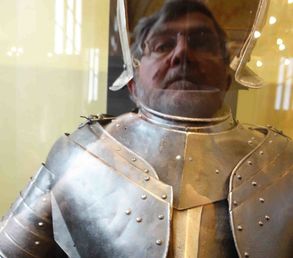
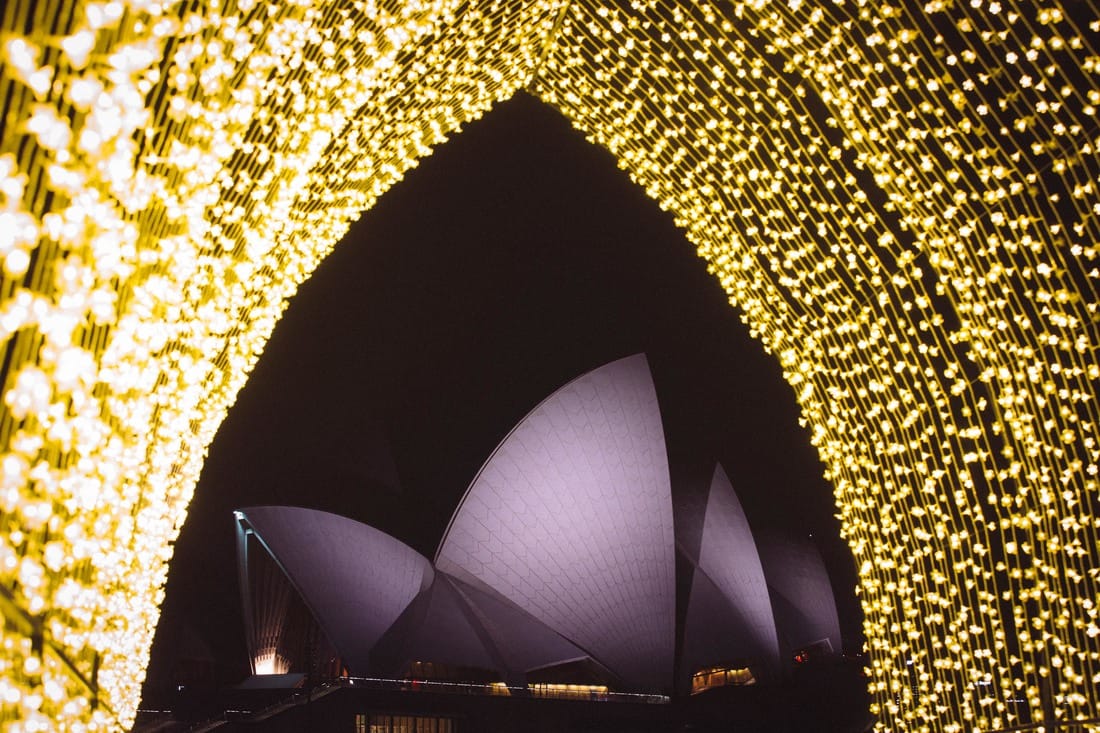
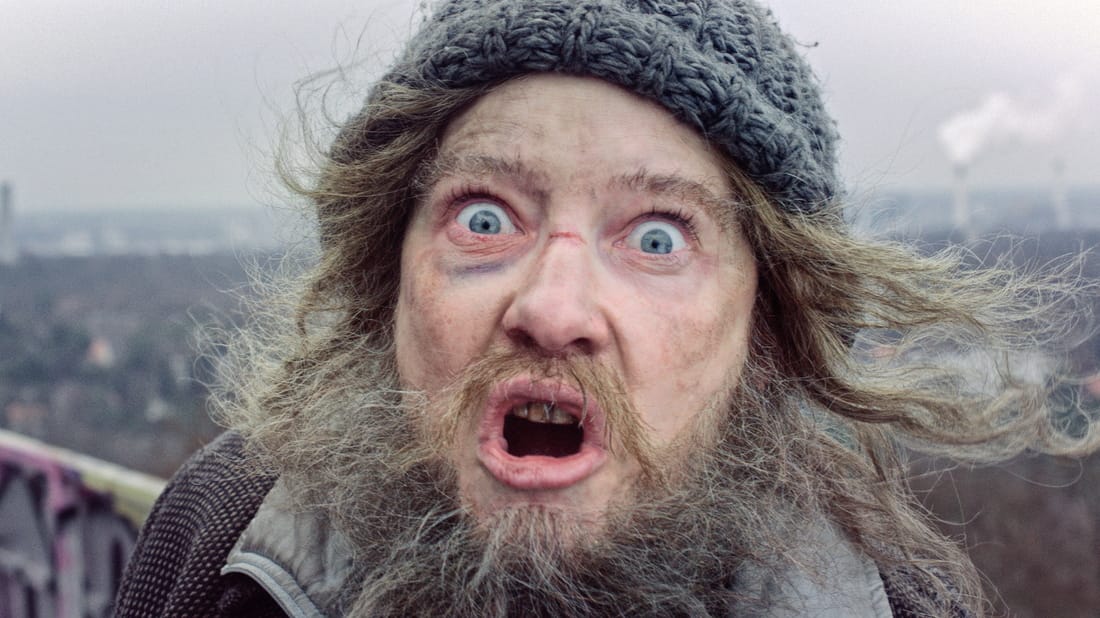
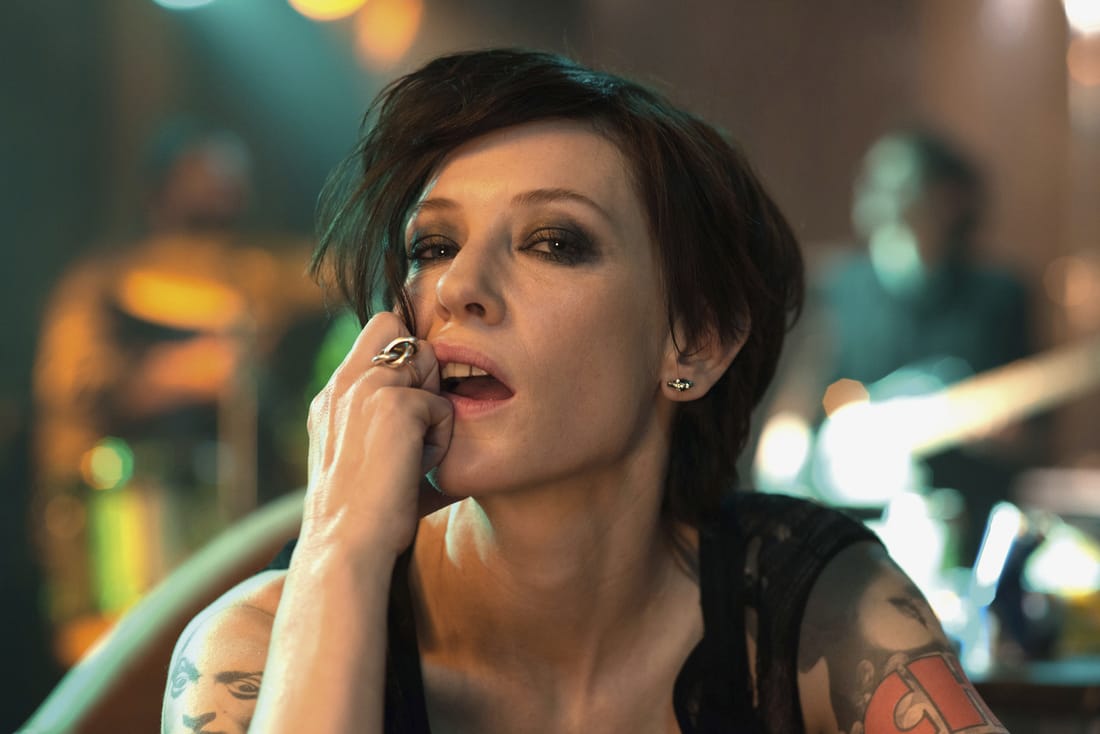
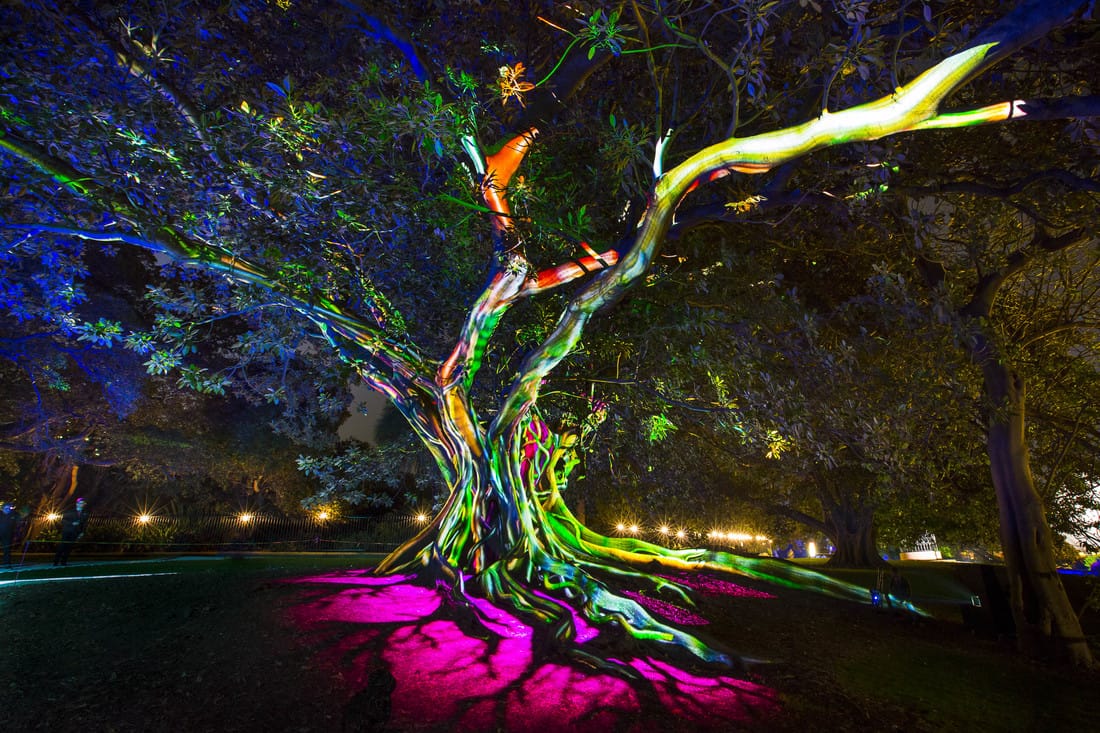
 RSS Feed
RSS Feed